D. Ayun Ph.D – Classical Ayurveda
Ayun Ph.D – Classical Ayurveda
[DVDRip – 4 MPG]
Description
This class is a basic level yet detailed introduction focusing on the ancient texts of Ayurveda (called the Brihat Trayi or the “Big Three” – Charaka, Sushruta, and Vagbhata):The Caraka Samhita is believed to have arisen around 400-200 BCE. It is felt to be one of the oldest and the most important ancient authoritative writings on Ayurveda. It is not known who this person was or, if indeed, this represents the work of a “school of thought”– of scholars or followers of a man known as Caraka, or whether it’s an original composition of a single person named Caraka. This work is sometimes considered a redaction and truncation of an older and more voluminous work-Agnivesha Samhita (estimated to have had 46,000 verses), which is no longer extant. Dridhabala, living about 400 A.D., is believed to have filled in many verses of missing text (perhaps up to 20%) in the Cikitsasthana and elsewhere, which disappeared over time.Seen from a greater perspective this work seems to represent a certain value of Consciousness different from other works. It gives more discussion about the notion that life is fundamentally a field of Intelligence and Pure Knowledge. This field is self-aware–it is the Knower as well as the object of perception. And for Caraka this is part of what is to be treated by the physician.The Sushruta Samhita presents the field of Ayurvedic surgery called shalya. This branch of medicine arose in part from the exigencies of dealing with the effects of war. This work, also, is said to be a redaction of oral material passed down verbally from generation to generation. It is thought to have arisen about the same time period as the Caraka Samhita– slightly after or before it according to different authorities. Its style is both prose and poetry with poetry being the greater portion. The Sushruta Samhita, while dealing with the practice and theory of surgery, is an important source of Ayurvedic aphorisms. For example, the most comprehensive and frequently quoted definition of health is from Sushruta. This work is unique in that it discusses blood in terms of the fourth doshic principle. This work is the first to enumerate and discuss the pitta sub-doshas and the marmas. With its emphasis on pitta, surgery, and blood this work best represents the transformational value of life.Ashtanga Sangraha / Ashtanga Hridayam are the work of a person named Vagbhata. There are two works by a person or persons with this name. The Ashtanga Sangraha has approximately 9250 verses and is written in both poetry with prose. The Hridayam (about 7120 verses) is written in prose and seems to have a slightly different organization of material than the former. Both works have been dated about the same time and are thought to date after the Caraka and Sushruta Samhitas (400 CE).The exposition is relatively straightforward and also deals primarily with kayacikitsa. In this work we see the kapha sub-doshas are also listed and described–completing our modern edifice of vata, pitta, kapha with their five sub-types. Its emphasis on treating the physiology of the body and suggestions for therapeutic use of metals and minerals means the perspective of the treatise represents the gross, material value of life more than its counterparts–Caraka and Sushruta. While Caraka has chapters dealing with the Self, these works merely mention that the body is the home for the Self without any elaboration.
You must be logged in to post a review.

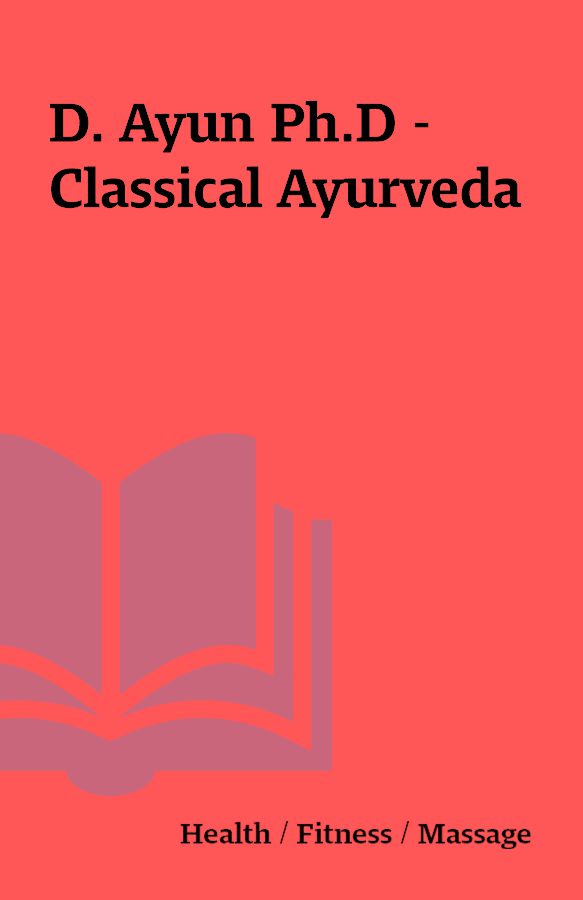
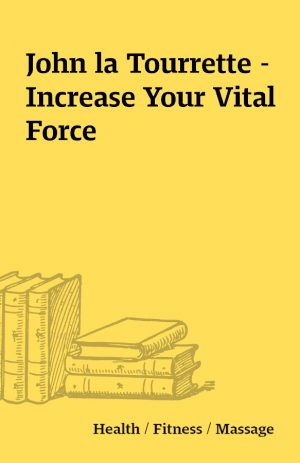
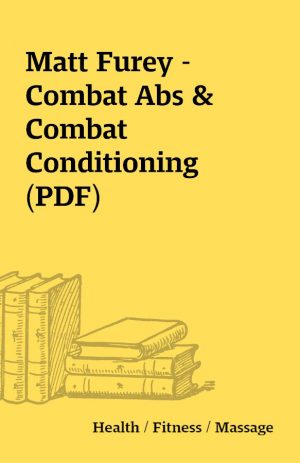
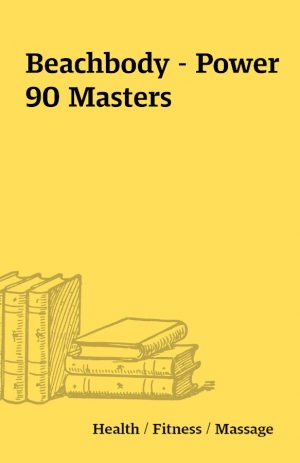
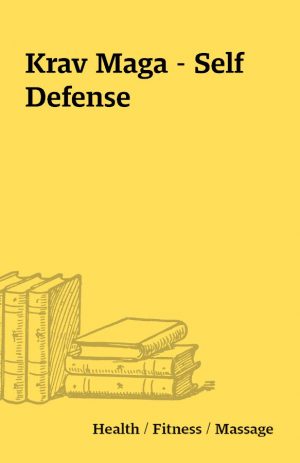
Reviews
There are no reviews yet.